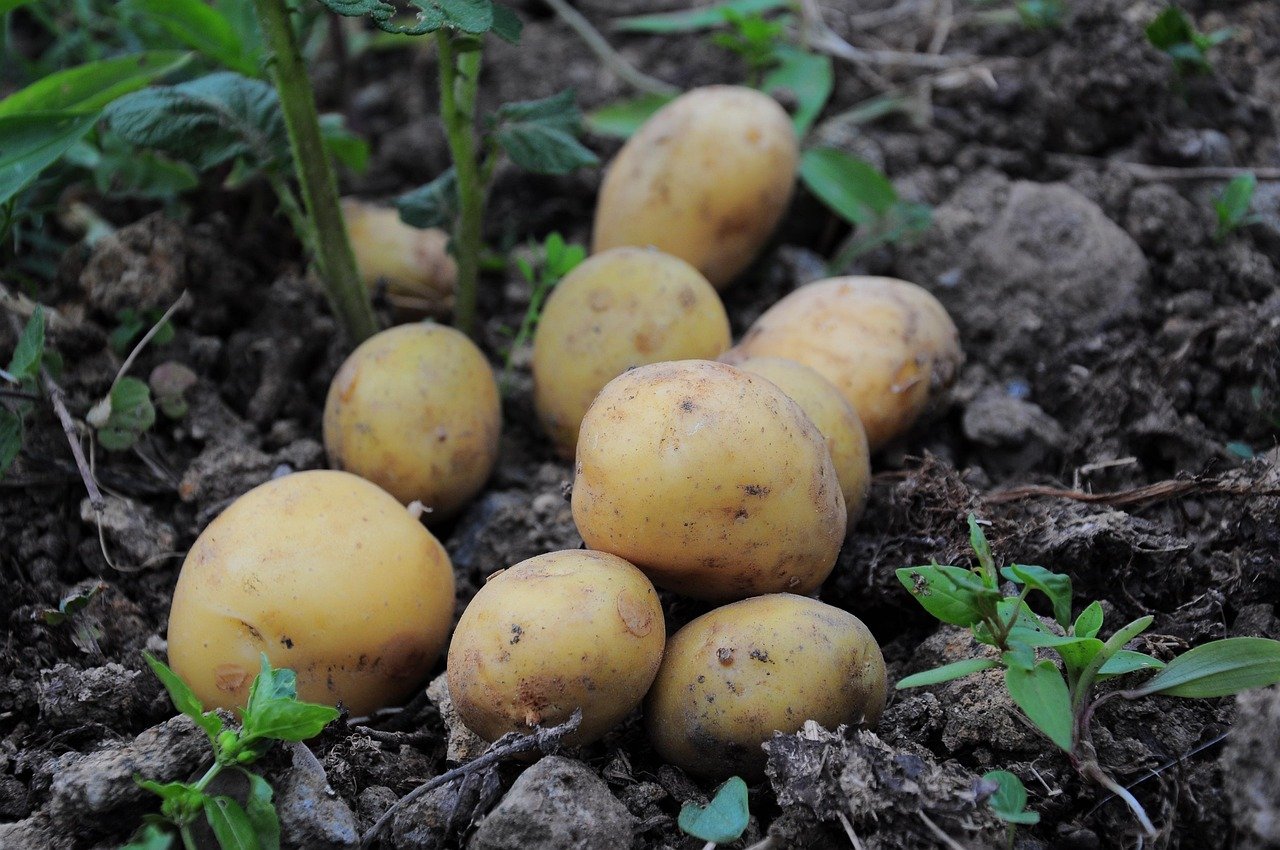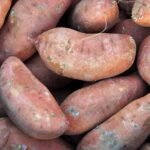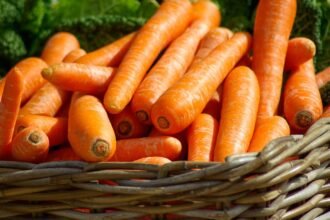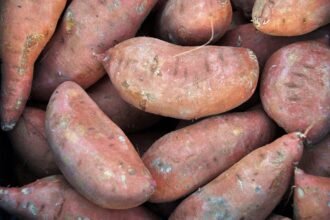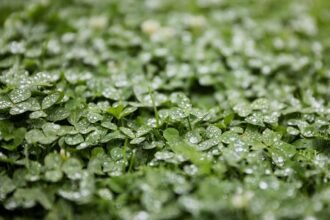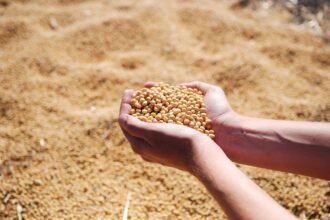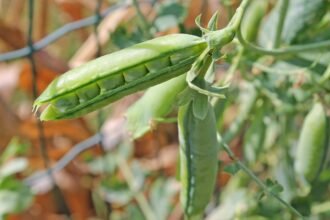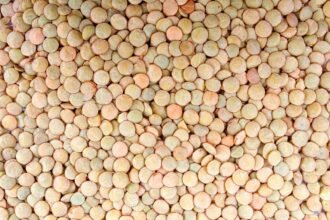Potatoes (Solanum tuberosum) are one of the most widely grown and consumed crops in the world. Known for their versatility and nutritional value, potatoes are a staple food in many countries and are also grown for industrial purposes, including the production of potato chips, fries, and starch. Successful potato cultivation requires a combination of soil management, pest control, irrigation, and proper harvesting techniques to achieve high yields and quality tubers. This guide provides an overview of the essential practices for growing potatoes, from soil preparation to post-harvest handling.
1. Soil Preparation and Fertility Management
Potatoes thrive in loose, well-drained soils with high organic matter content. Proper soil management is essential for ensuring healthy growth and maximizing tuber yields.
Key Steps:
- Soil Testing: Conduct a soil test before planting to assess pH, nutrient levels, and organic matter. Potatoes prefer slightly acidic soils with a pH of 5.5 to 6.5. If necessary, apply lime to raise the pH, particularly in acidic soils.
- Tillage: Potatoes require deep, well-drained soil for proper root and tuber development. Prepare the soil by plowing to a depth of 25–30 cm (10–12 inches) to create a fine, loose seedbed. This allows for good tuber expansion and minimizes the risk of diseases like root rot.
- Fertilization: Potatoes require a balanced supply of nutrients, including nitrogen (N), phosphorus (P), and potassium (K). Apply phosphorus at planting for root development and potassium during tuber formation to enhance tuber size and quality. Nitrogen should be applied in split doses—half at planting and the rest during the growing season, especially as the plants begin to flower.
- Organic Matter: Incorporating organic matter such as compost or manure helps improve soil structure, water retention, and nutrient availability, particularly in sandy soils.
2. Selecting the Right Potato Variety
Choosing the right potato variety is essential for maximizing yield and quality. The variety selected should be adapted to local climate, soil, and market demand.
Potato Varieties:
- Early-Season Varieties: These potatoes mature quickly, typically within 60–90 days, and are suitable for markets that demand fresh potatoes early in the season.
- Mid-Season Varieties: These potatoes take longer to mature, around 90–120 days, and are often used for both fresh consumption and processing.
- Late-Season Varieties: These are typically harvested after 120 days or more and are commonly used for storage or processed products like chips and fries.
- Disease-Resistant Varieties: Choose varieties resistant to common potato diseases such as late blight, scab, and tuber rot to reduce crop losses and minimize pesticide use.
3. Planting and Sowing Techniques
Correct planting techniques ensure proper seedling establishment and maximize the potential for high yields.
Key Steps:
- Planting Time: Potatoes are a cool-season crop and should be planted in early spring after the last frost, when soil temperatures reach 7–10°C (45–50°F). Planting too early or in cold soils can delay germination and reduce yields.
- Seed Tubers: Use certified disease-free seed tubers that are appropriately sized (about 30–50 g per tuber). Larger seed tubers can be cut into pieces, each with at least one eye, to increase the number of plants.
- Sowing Depth: Plant seed tubers 10–15 cm (4–6 inches) deep. In lighter soils, a deeper planting depth may be required to protect the tubers from temperature fluctuations and pests.
- Row Spacing: The recommended row spacing for potatoes is 75–90 cm (30–36 inches), while within-row spacing should be 20–30 cm (8–12 inches). This ensures adequate air circulation and reduces the risk of disease.
- Seed Rate: The typical seed rate is around 2,500–3,000 kg per hectare, depending on the variety and planting density.
4. Water Management
Water is essential for potato growth, particularly during tuber formation. Potatoes are sensitive to both waterlogging and drought, so balanced water management is key.
Key Steps:
- Water Requirements: Potatoes need approximately 500–700 mm (20–28 inches) of water during the growing season. Most of this water is required during the tuber development phase.
- Rain-fed vs. Irrigated Systems: Potatoes can be grown under rain-fed conditions in regions with adequate rainfall. However, in areas with inconsistent rainfall, supplemental irrigation is necessary to avoid water stress during critical growth periods.
- Irrigation Techniques: Use drip irrigation or sprinkler systems to ensure even water distribution and prevent waterlogging. Avoid overhead irrigation during flowering, as wet foliage can encourage diseases like late blight.
5. Nutrient Management
Proper nutrient management ensures healthy potato plants and maximizes tuber quality.
Key Steps:
- Nitrogen Fertilization: Nitrogen is crucial for vegetative growth. Apply nitrogen in split doses—half at planting and the other half as the plants begin to flower. Excessive nitrogen can lead to excessive foliage growth at the expense of tuber formation.
- Phosphorus and Potassium: Apply phosphorus at planting for strong root development and potassium during tuber formation to enhance tuber quality and yield.
- Micronutrients: Potatoes also require micronutrients such as magnesium, sulfur, and calcium. Deficiencies in these nutrients can lead to poor growth and tuber quality.
6. Weed Control
Weeds compete with potatoes for light, water, and nutrients, and can significantly reduce yield. Effective weed management is essential for optimal potato production.
Key Steps:
- Pre-emergence Herbicides: Apply pre-emergence herbicides to control weeds before potato plants emerge. This helps reduce competition from early-stage weeds.
- Post-emergence Herbicides: After potato plants have emerged, use selective herbicides to manage weeds without harming the crop.
- Manual Weeding: In smaller-scale operations, manual weeding may be necessary, especially during the early stages of growth.
- Mulching: Apply organic or plastic mulch to suppress weed growth, retain moisture, and reduce soil temperature fluctuations.
7. Pest and Disease Management
Potatoes are susceptible to a range of pests and diseases, which can reduce yield and quality. Early detection and control are crucial for effective pest management.
Common Pests:
- Colorado Potato Beetle: The larvae of this beetle feed on potato leaves, leading to defoliation. Use insecticides or natural predators like ladybugs to control beetle populations.
- Aphids: Aphids transmit several potato viruses and weaken plants by feeding on their sap. Use insecticides or encourage natural predators like ladybugs to manage aphid populations.
- Wireworms: These larvae feed on tubers, leading to damage. Use seed treatments or soil insecticides to control wireworm populations.
Common Diseases:
- Late Blight: A fungal disease that causes dark lesions on leaves and stems. Use resistant varieties, apply fungicides, and practice crop rotation to control late blight.
- Potato Scab: A bacterial disease that affects the surface of tubers, causing rough lesions. Use resistant varieties, improve soil drainage, and avoid over-fertilization with nitrogen.
- Fusarium Dry Rot: A fungal disease that causes tuber rot during storage. Use clean, disease-free seed potatoes, maintain proper storage conditions, and rotate crops.
- Integrated Pest Management (IPM): Combine biological controls, resistant varieties, crop rotation, and minimal pesticide use to manage pests and diseases effectively.
8. Harvesting and Post-Harvest Handling
Harvesting at the right time is crucial for maintaining potato quality and preventing losses.
Key Steps:
- Harvest Timing: Potatoes should be harvested when the vines begin to die back, usually about 90–120 days after planting, depending on the variety. For storage, allow the tubers to mature in the soil for a week or two after the vines die to allow the skins to set.
- Mechanical Harvesting: For large-scale operations, use mechanical harvesters to dig and collect the potatoes. This reduces labor costs and minimizes damage to tubers.
- Manual Harvesting: In smaller operations, harvest potatoes manually by digging carefully with shovels or hoes to avoid bruising the tubers.
- Curing: After harvesting, allow potatoes to cure in a cool, dark place with high humidity for about 2–3 weeks. This helps harden the skin and improves storage life.
- Storage: Store harvested potatoes in a cool, dark, well-ventilated area with temperatures between 4–10°C (39–50°F). Ensure good airflow to prevent sprouting and rotting.
9. Sustainable Potato Farming Practices
Potato farming can be resource-intensive, but adopting sustainable practices helps reduce environmental impact and improve long-term soil health.
Sustainable Practices:
- Crop Rotation: Rotate potatoes with other crops such as legumes or cereals to improve soil health, reduce pest pressure, and break disease cycles.
- Conservation Tillage: Minimize tillage to conserve soil moisture, reduce erosion, and improve soil structure.
- Water Management: Use efficient irrigation systems, such as drip irrigation, and practice rainwater harvesting to reduce water usage.
- Integrated Pest Management (IPM): Use IPM practices to manage pests and diseases with minimal chemical use, improving sustainability and reducing environmental impact.
Conclusion
Potato cultivation requires careful attention to soil health, water management, pest control, and timely harvesting. By following best practices for planting, irrigation, and disease management, farmers can ensure high-quality potatoes and maximum yields. Whether you are growing potatoes for fresh consumption, processing, or storage, understanding the technical aspects of cultivation is key to success.

